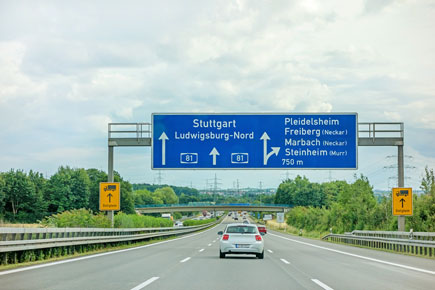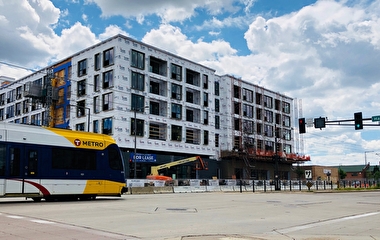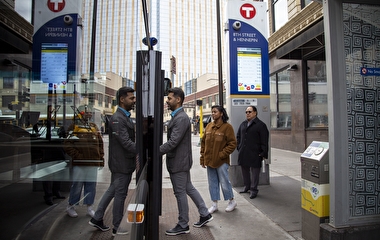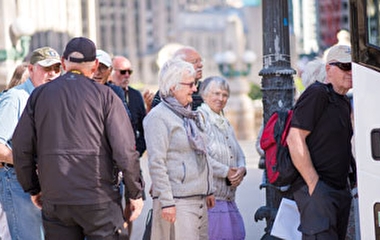A key goal for CTS is to share research about innovative transportation technologies. On November 1, for example, speakers at the CTS Research Conference discussed how innovations in vehicle automation and ride sharing could reduce congestion and emissions (see related articles on the opening keynote presentation and panel discussion).
Looking further afield, another important part of this goal is to stay informed of research outside the United States. The Energy Efficiency Innovation Seminar Series on smart transportation aimed to do just that by bringing together German and U.S. innovators in the transportation sector to exchange ideas.
“We want to bring together German companies with the leaders of tomorrow,” said Svenja Schroeder, representative from the German-American Chamber of Commerce of the Midwest (GACC Midwest). “Overall, our goal is to foster trade and investment with the U.S. and Germany across all industries.”
The seminar at the University of Minnesota, held November 5, was cosponsored by CTS, the Institute on the Environment, and the GACC Midwest. Presenters included representatives from the U of M and from a variety of German transportation technology companies.
Dr. Thoralf Knote from the Fraunhofer Institute for Transportation and Infrastructure Systems was the first researcher to present his work. His organization, which supports German companies with the development of new products, has been working on the challenge of charging electric vehicles. He discussed designing the chargers themselves, planning distribution of the chargers, and determining the best way to introduce this technology to the market.
Knote was followed by Fabian Koark from the technology consulting company INVENSITY Inc. Koark discussed the computer systems and data that are at work in automated vehicle systems—including the gathering and flow of data, system troubleshooting, and data security. Next, Jan Schulte from Cleverciti Systems Corp. presented his company’s newly developed electronic sign system for locating and pointing out parking spaces to frustrated drivers.
The last presenter was Frank Douma from the Humphrey School of Public Affairs, who gave an overview of U of M research related to the topics raised by the German researchers. He discussed ongoing efforts to electrify Twin Cities vehicle fleets, methods being explored to reduce traffic in downtown Minneapolis, and issues in data privacy.
Minnesota Senator David Senjem was one of the seminar’s attendees. His intention, he said, was to gather ideas that could be applied to his hometown of Rochester, Minnesota, which is currently undergoing changes as the Mayo Clinic expands.
“The whole issue of traffic and how we move people is at the forefront in terms of planning for the new downtown Rochester,” Senjem said. Listening to the researchers at the seminar, he said, gave him ideas—particularly in terms of parking and vehicle electrification.
The presenters reconvened as a panel to answer audience questions. One thread touched on how fundamental differences between Germany and the U.S. drive transportation research in different directions. Public transportation is more widely utilized in Germany, for example, but the U.S. was quicker to adopt ride-sharing apps like Uber and Lyft.
Collaboration, the panelists concluded, is important in sharing the innovations that come from these differences. The best way to collaborate, ultimately, is to meet and exchange ideas. “Go to other countries,” Knote said. “Accept that there are different approaches, but learn from each other.”



